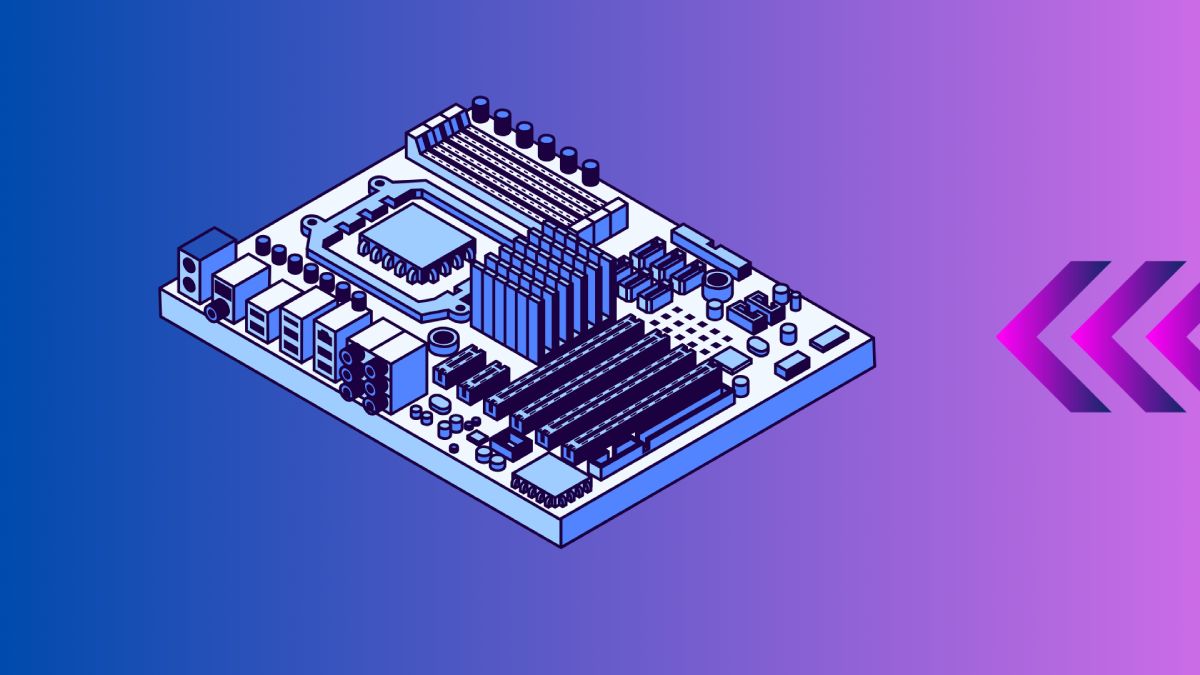So, you’ve got your gaming rig or workhorse PC up and running, but you’re curious about the motherboard humming away inside? Whether you’re troubleshooting an issue, upgrading components, or simply satisfying your curiosity, knowing how to check your motherboard can be a handy skill. Don’t worry if you’re new to this – we’ll walk you through it step by step.
1. Identifying Your Motherboard Model
The first step in checking your motherboard is identifying its model. Here’s how you can do it:
- Look for the model number printed on the motherboard: Usually, the model number is printed on the motherboard itself. It’s typically located near the CPU socket or between the PCI Express slots. The model number is a combination of letters and numbers (e.g., ASUS ROG STRIX Z590-E).
- Check the motherboard box or documentation: If you have the box or any documentation that came with your PC or motherboard, the model number should be listed there as well.
2. Using Software Utilities
If physically inspecting the motherboard seems daunting, don’t worry – there are software utilities that can help:
- CPU-Z: CPU-Z is a popular tool for gathering information about your system, including motherboard details. Download and install CPU-Z, then open it to find the motherboard tab. Here, you’ll see the manufacturer, model, chipset, and other relevant information.
- Speccy: Speccy is another handy utility that provides detailed information about your computer’s hardware, including the motherboard model and specifications.
3. Checking BIOS Information
Another way to identify your motherboard is through the BIOS (Basic Input/Output System):
- Restart your computer and enter BIOS: When your computer is starting up, press the designated key (often Del, F2, or Esc) to enter BIOS.
- Navigate to the main or system information screen: Depending on your BIOS version, you’ll find details about your motherboard model, BIOS version, and other system information.
4. Physical Inspection
If you’re comfortable opening your PC case, you can visually inspect the motherboard:
- Power off your PC and unplug it: Safety first!
- Open the PC case: Use a screwdriver to remove the side panel of your PC case.
- Locate the motherboard: It’s the large circuit board where all the components are connected.
- Find the model number: Look for the model number printed on the motherboard itself.
5. Online Resources
If all else fails, or if you’re looking for more detailed specifications and compatibility information, you can always turn to online resources:
- Manufacturer’s website: Visit the website of the motherboard’s manufacturer (e.g., ASUS, MSI, Gigabyte). They usually have support sections where you can enter your motherboard’s model number to get detailed information.
- Community forums and tech websites: Forums like Reddit’s r/buildapc or websites like Tom’s Hardware often have knowledgeable communities that can help you identify your motherboard or answer specific questions.
6. Why It’s Useful to Know Your Motherboard
Understanding your motherboard model and specifications can be beneficial for several reasons:
- Upgrading components: Ensuring compatibility when upgrading your CPU, RAM, or graphics card.
- Troubleshooting: Identifying hardware issues and finding solutions.
- Driver updates: Finding and installing the correct drivers for your motherboard’s components.
7. Conclusion
Checking your motherboard might seem like a technical task, but with these steps, you’ll be able to identify your motherboard model and gather important information about your system. Whether you’re a beginner or a seasoned enthusiast, knowing your motherboard can help you make informed decisions when it comes to upgrading or troubleshooting your PC. Happy exploring!
Now that you know how to check your motherboard, why not dive in and discover more about the heart of your PC? Understanding your motherboard opens up a world of possibilities for optimizing and customizing your computer experience.

